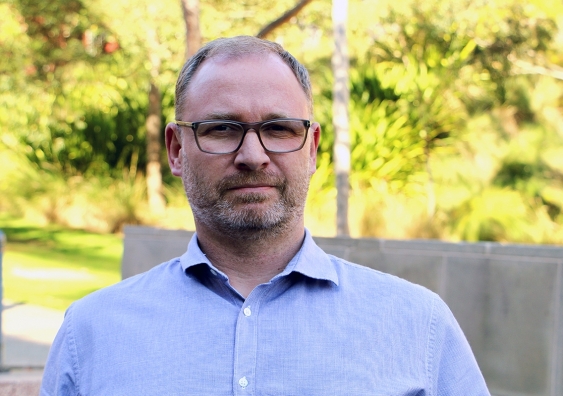A winning formula – new Professor of Practice Richard Hopkins
Richard Hopkins, former Head of Operations for the world champion Red Bull Racing Formula One Team, has joined UNSW Engineering as an industry mentor to the student-led Sunswift solar car and Redback SAE racing teams.



